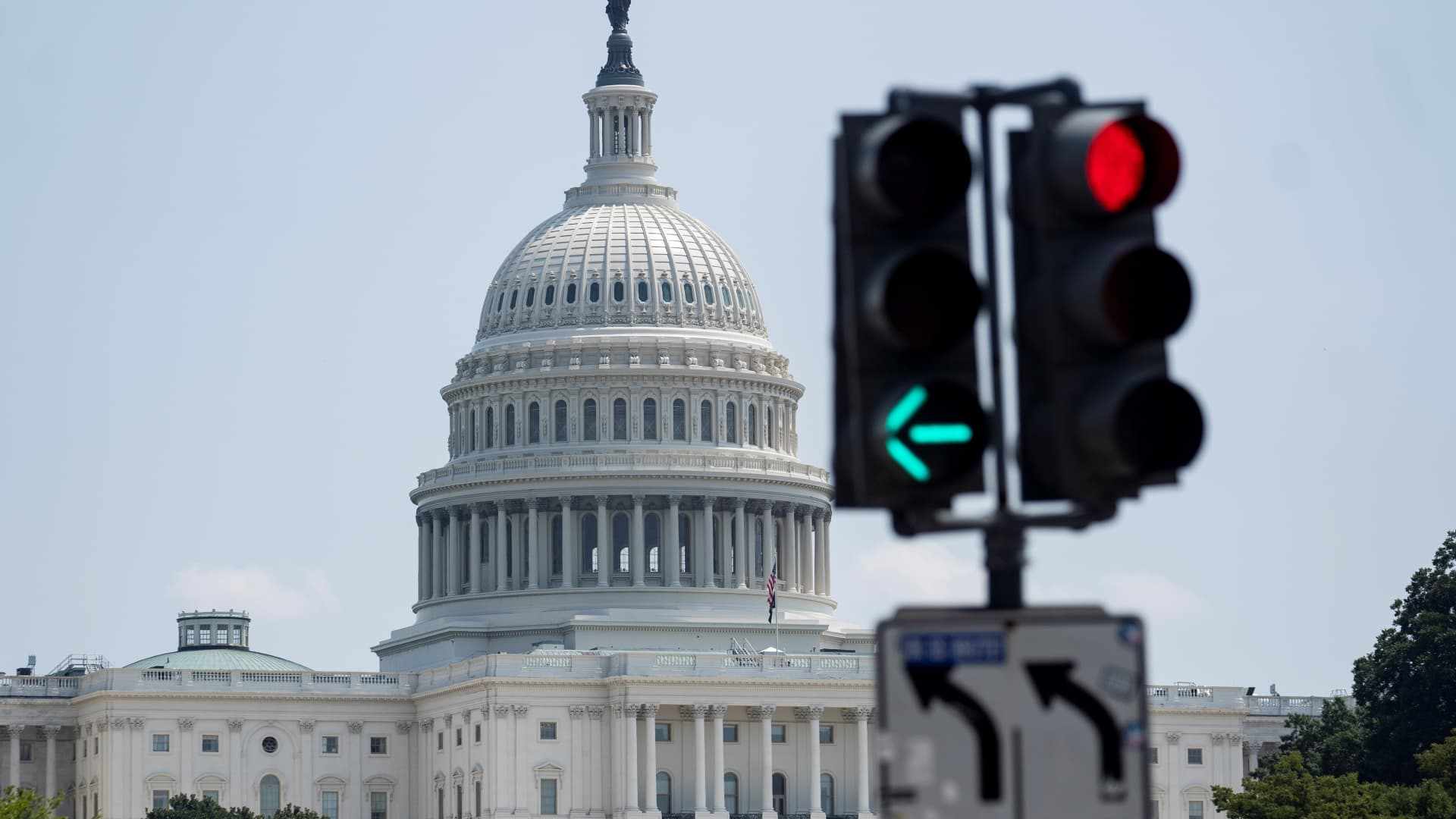Increasing Market Volatility- Why It’s The Fed’s Fault
- Date: 03-Apr-2022
- Source: Forbes
- Sector:Financial Markets
- Country:Gulf
Increasing Market Volatility- Why It’s The Fed’s Fault
Share to Linkedin Equity markets ended Q1/22 (Thursday, March 31) with the first quarterly loss in two years (since Q1/2020, i. e., when the pandemic began). Of interest was the rush to sell in the last hour of trading, as if mutual funds and equity ETFs did not want to show too many equity holdings for the March 31 reporting period. Unfortunately, volatility looks to be the order of the day, at least for the next few months, as markets must deal with both the possibility of a recession and the Fed's soon to be announced Quantitative Tightening (QT) program (more on this below). Bond Market Decline in Perspective While the media concentrates on equities, the chart above shows that the rapid rise in interest rates over the past couple of months and the concomitant plunge in bond prices has been at least a three standard deviation event, the worst downdraft in at least 50 years. In addition, there is now a growing controversy between those economists that work for the sell side and those that rely more heavily on history as to whether or not the flat/inverted yield curve (2 Yr. T-Note yield (2. 46%)>10 Yr. T-Note yield (2.























